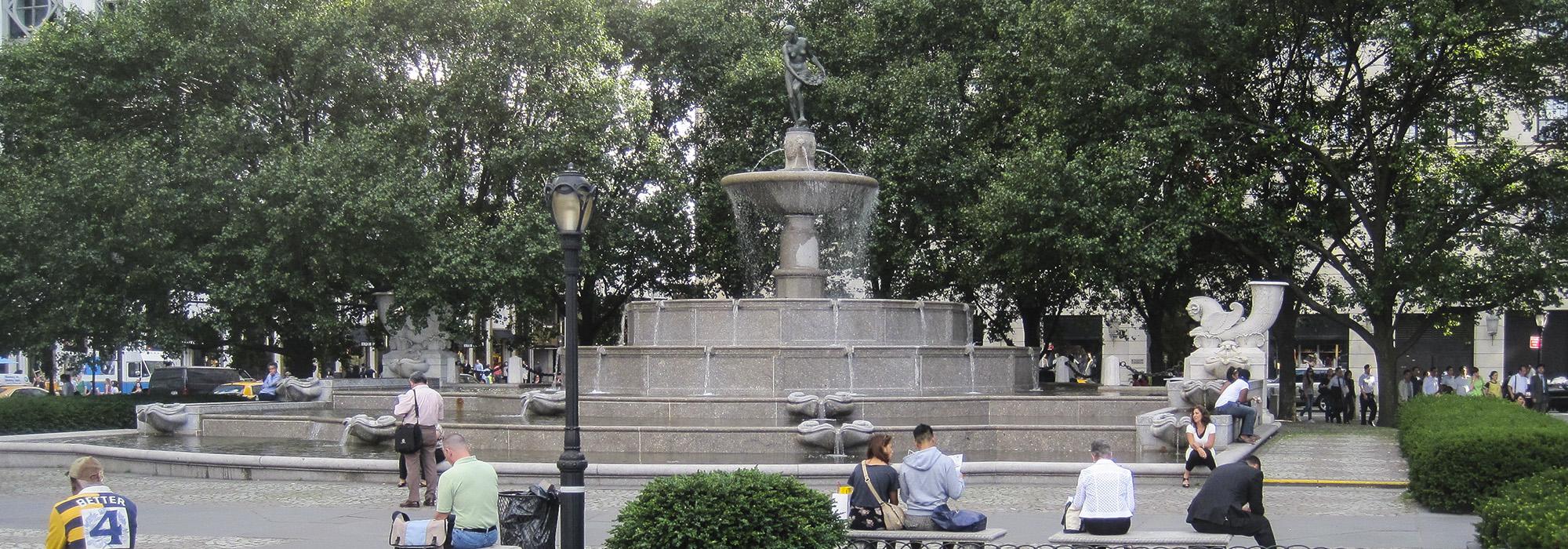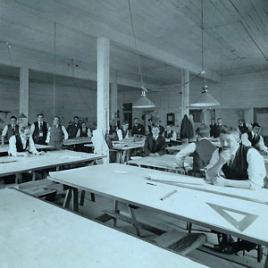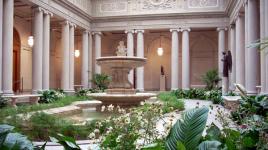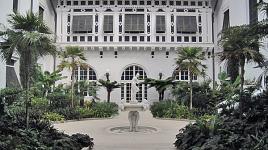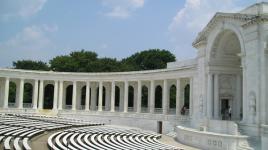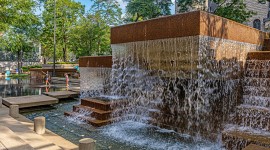Pioneer Information
Brazil-born John Merven Carrère met New Yorker Thomas Hastings at the École des Beaux Arts in Paris. Graduating in 1882 and 1884 respectively, both men went to work for McKim, Mead & White in New York City. In 1886, they established their own architectural practice. Oil magnate Henry Flager provided the firm with its first commission, the St. Augustine, Florida, Ponce de Leon hotel. The firm would go on to design a large body of work, including elaborate country houses for such wealthy patrons as William K. Vanderbilt, Jr. Trained in the Beaux-Arts style, Carrère & Hastings's early constructions are heavily ornamented, later projects showcase more the American Georgian and French Baroque styles. Carrère was appointed chief architect of the Pan-American Exposition in 1891, bringing significant recognition to the firm, furthered when the practice beat out McKim, Mead and White in a competition to design the New York Public Library in 1897. The building was dedicated in 1911, shortly after Carrère’s death in an automobile accident. Hastings continued to operate the firm until his own death in 1929. Other firm commissions include the Memorial Amphitheatre at Arlington National Cemetery, Virginia; the Cannon House and Russell Senate office buildings, Washington, DC; and the Grand Army Plaza Pulitzer Fountain, New York, New York.



